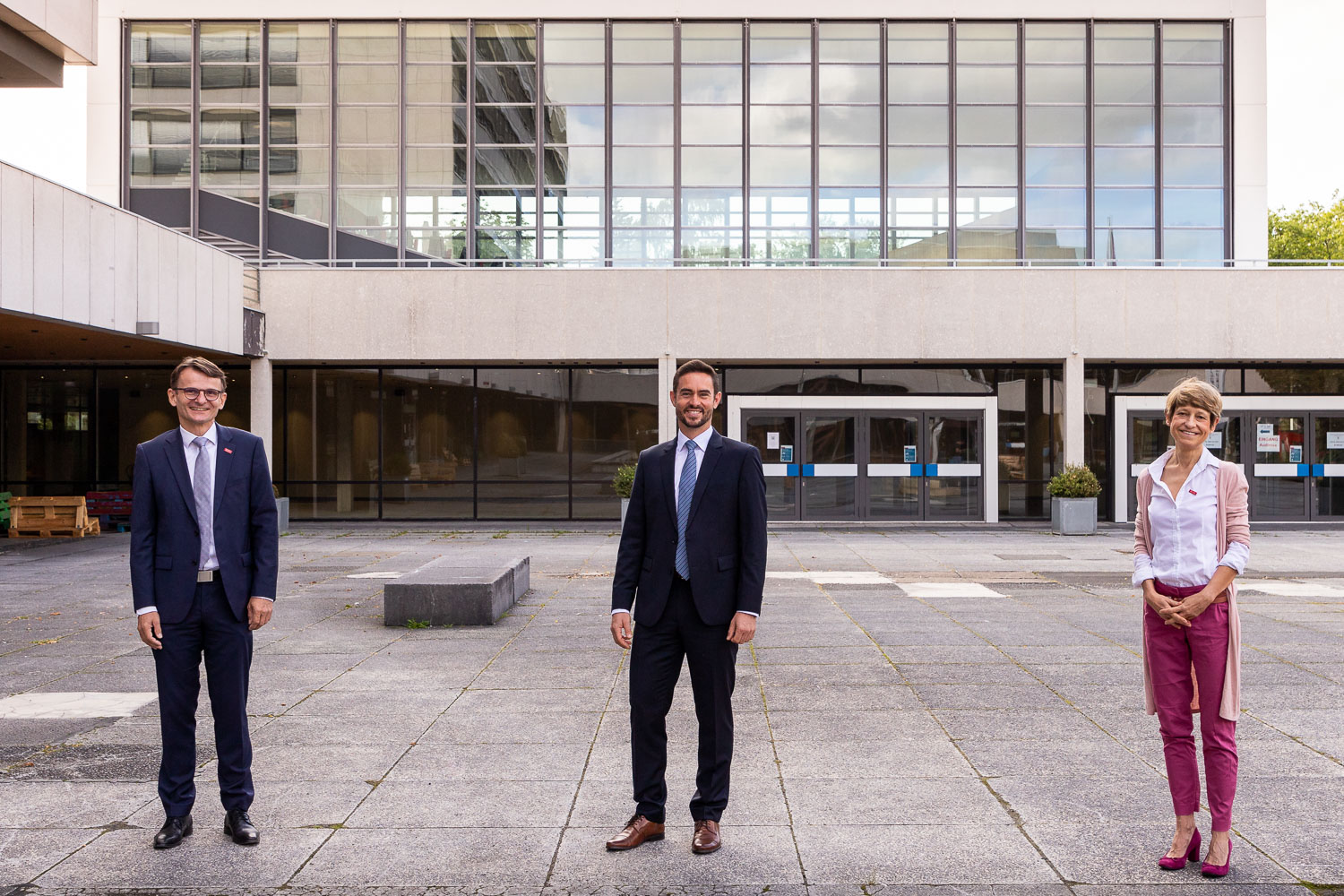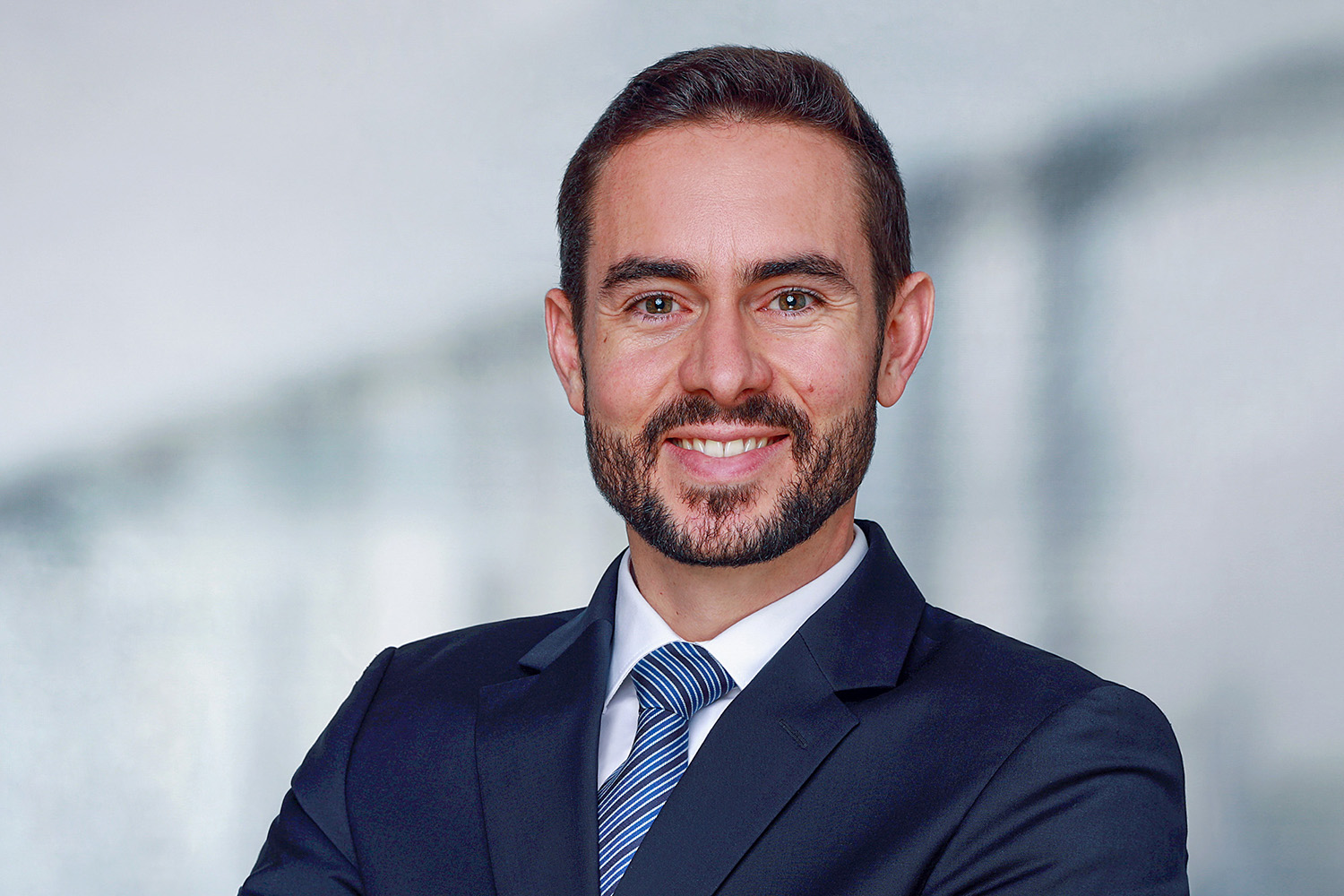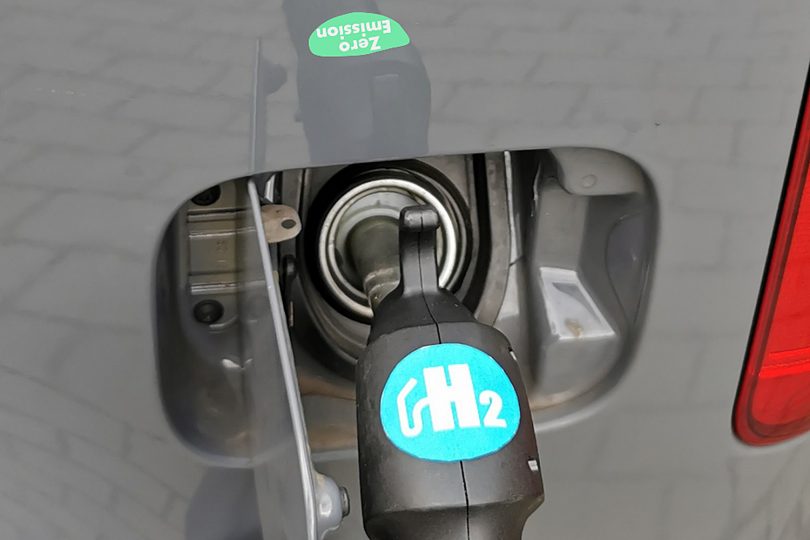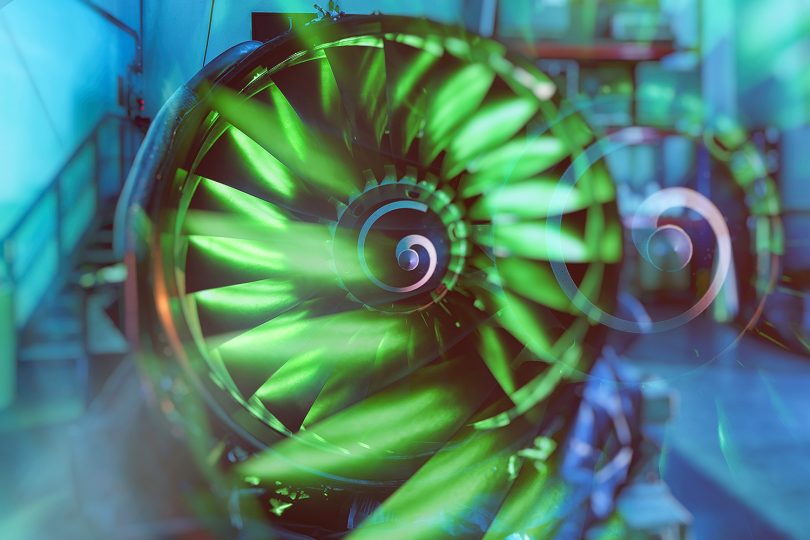Technological Leap in Aviation necessary Appointment of Professor Sebastian Heimbs
After many years in industrial research, Sebastian Heimbs accepted the call to TU Braunschweig: Since September 2021, he has headed the Chair of Aircraft Design at the Institute of Aircraft Design and Lightweight Structures. Among other topics, he is working on new construction methods with high-performance materials and simulation methods for their digital development in the SE2A cluster of excellence.
Professor Heimbs, have you arrived well at the TU Braunschweig?
Very well indeed! All the staff of the institute, the colleagues from neighbouring institutes and the faculty as well as the presidium, above all our president, Professor Ittel, have welcomed me in such a friendly and warm way that it is a lot of fun to be at TU Braunschweig from day one. We have also had this experience in private after moving from Hamburg to Braunschweig. The people here are very friendly, open and helpful.
Why did you choose the TU Braunschweig?
My professional career after completing my doctorate in the field of lightweight materials at the TU Kaiserslautern led me to the aviation industry, more specifically to the corporate research department of the aircraft manufacturer Airbus. There I had the opportunity to work with various German and international universities on groundbreaking research projects over many years. The TU Braunschweig now occupies a leading position in this university landscape thanks to the “Sustainable and Energy-Efficient Aviation (SE2A)” cluster of excellence, and was therefore clearly my first choice for an academic research and teaching position. The step away from the excellent employer Airbus after more than 17 years of exciting research and management activities was not easy, but was well-considered, as I would like to pass on my own practical experience to the next generation of engineers and comprehensively shape relevant research topics together with my team and partners.

Prof. Sebastian Heimbs (m.) together with President Prof. Angela Ittel and und Prof. Klaus Dröder, Dean of Faculty of Mechanical Engineering. Credits: Markus Hörster/TU Braunschweig
What exactly do you deal with in your research?
Simply put, the field of aircraft design and lightweight construction is concerned with designing the aircraft of tomorrow. As simple as this sounds, the task is very challenging because we all know that we are in the midst of a change towards more sustainability, resource conservation and climate protection. The EU’s joint climate protection targets for the years 2030 and 2050 are an enormous challenge, especially for aviation, and require a technological leap in terms of drag reduction, alternative propulsion technology and lightweight aircraft construction. The aircraft of tomorrow will be very different from those of today.
What does this mean for aircraft construction?
In the case of a move away from fossil fuels (kerosene) towards hydrogen, which is currently the focus of research, the fuel would no longer be stored in the wings, as is the case today, but in large pressure vessels elsewhere, which could lead to fundamentally different aircraft designs. This is precisely where our institute’s research comes in, not only to enable new construction methods with high-performance materials for the integration of liquid hydrogen tanks or even electric battery systems, but also to provide fast and accurate structural-mechanical calculation and virtual simulation methods for the digital development of precisely these construction methods.
What made you decide to do research in this area?
I think everyone has key experiences at some point when you find something that really fascinates you. This was the case for me during my studies, when I discovered the world of fiber composites, popularly known as “carbon”, during a semester abroad. Coupled with a fascination for aircraft and aviation, my fondness for lightweight construction has stayed with me to this day. Researching and optimizing these materials and lightweight construction methods, as well as transferring them into high-tech products such as the aircraft of tomorrow, motivates me anew every day.
To what extent are you involved in the Cluster of Excellence SE2A?
The Institute of Aircraft Design and Lightweight Construction is significantly involved in the cluster of excellence SE2A. Many of my colleagues are researching technologies for the aircraft of tomorrow, such as laminar wing concepts or morphing the wing structure to reduce load. Due to the existing project structure and the fact that I started my work in autumn of this year, I am currently primarily responsible for the ongoing work. However, since the application for a continuation of the cluster of excellence with the definition of new research topics is due soon, there is the opportunity to actively contribute to the reorientation of the cluster.
What attracts you to research?
Research is about discovering new things, testing “what happens if …”, expanding the existing limits of what is possible and the existing state of the art, helping to shape our future. All this fascinates me and is a lot of fun. I have worked at the aircraft manufacturer Airbus in various roles and areas, from basic research to the very other end, the end-customer-oriented aircraft development with contribution to certification. Without wanting to miss any of these stations or times, however, I have found for myself that research is in my DNA, and the activity and sense of achievement in this area are particularly fulfilling for me.
A look at the future: What are your plans for your research or in teaching?
First of all, I am busy modernizing the institute structurally and visually, questioning the established, and creating a new, modern IFL together with my colleagues, from which the staff, students and project partners as well as customers will benefit. As I myself was responsible for years at Airbus for the area of structural crash and impact safety of aircraft structures, I will bring this valuable field of research to the TU Braunschweig in order not to overlook the safety of tomorrow’s aircraft.
Safety must always be the number one priority alongside important goals of sustainability and lightweight construction in aviation. In concrete terms, this means integrating crash scenarios as well as high-speed impacts (e.g. caused by bird strikes, tire fragments, engine parts, etc.) into our research into new material and construction concepts through simulative and experimental work. The famous investment in a “large-scale device” as part of the appointment will make this experimental technique possible. Our ambitious research plans will further lead to the establishment of a new “Flying Demonstrators” laboratory where we will develop and fly scaled unmanned flight models for technology testing. All of this will result in opportunities for student involvement as well as enrichment of teaching, which will be revised and refreshed anyway as part of the modernization. I look forward to sharing various experiences from my many years in the aviation industry with students, providing valuable advice and making teaching more practical.



